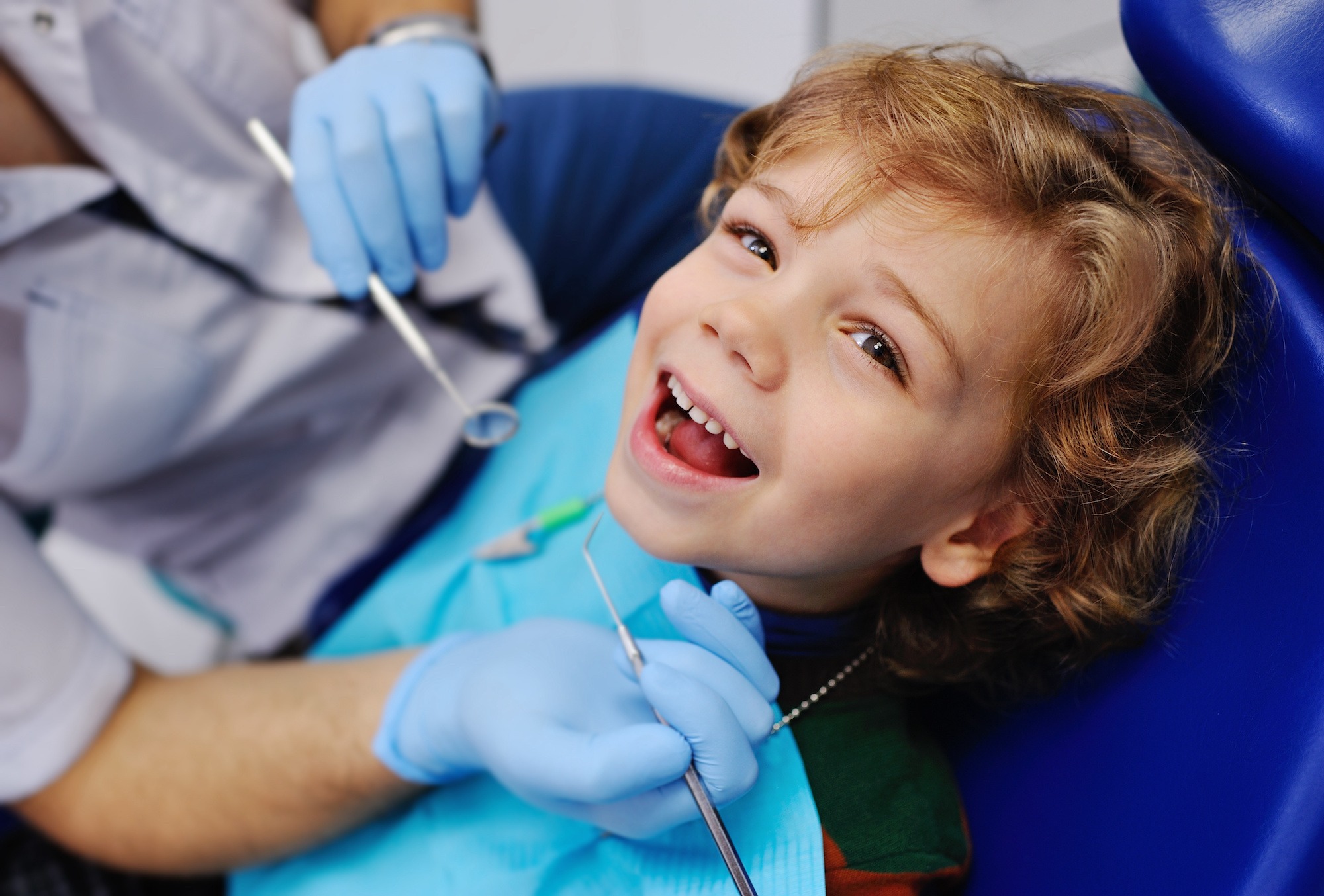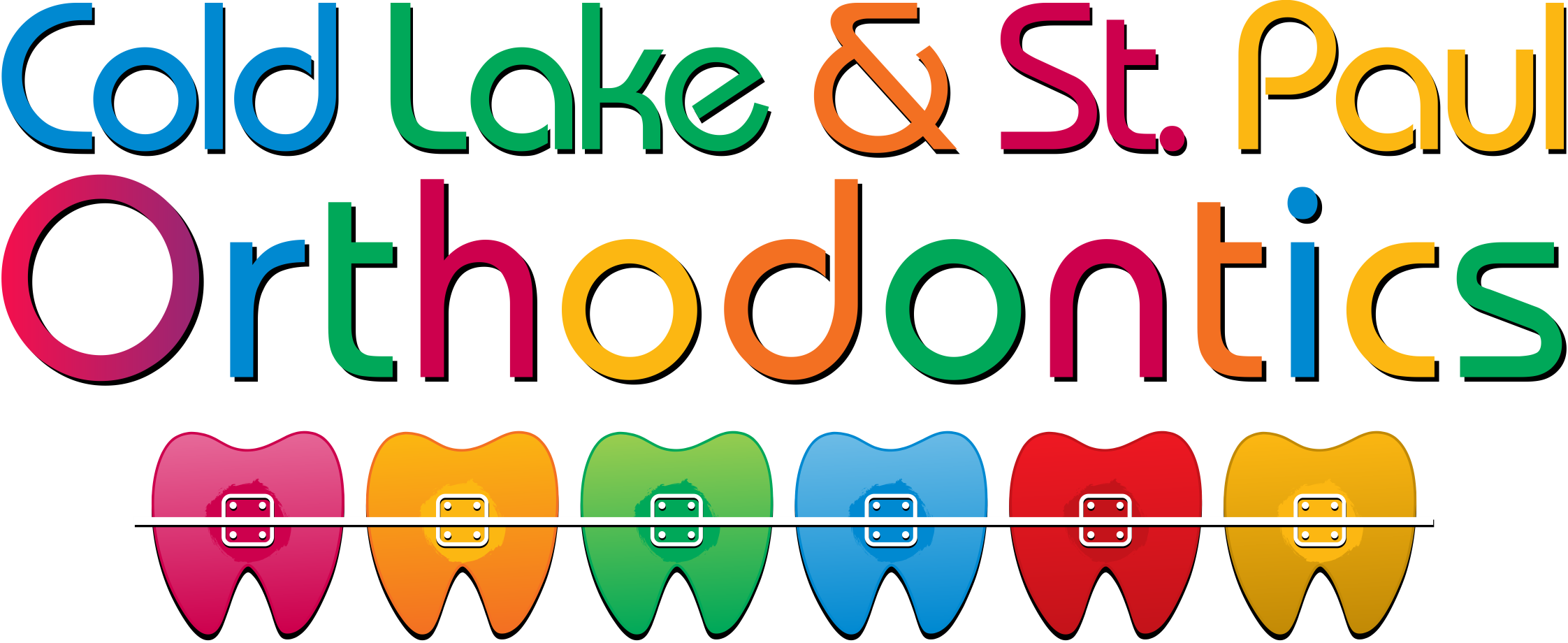Orthodontics for the Whole Family
Dr. Arora and our Cold Lake & St. Paul Orthodontics team are dedicated to providing personalized orthodontics solutions for patients of all ages. We intend for you to achieve a healthy, confident smile through early interceptive treatments, teen orthodontics, and adult care.

Orthodontics for Children
The American Association of Orthodontists (AAO) recommends that children have their first orthodontic check-up at age seven. The Canadian Association of Orthodontists (CAO), and Dr. Arora, agree.
That’s why our Cold Lake & St. Paul Orthodontics team recommends early interceptive treatment for children. Early detection allows us to address problems that become more complex over time.
What Is Early Interceptive Treatment?
Early interceptive treatment is also known as Phase I treatment. It's a type of orthodontic intervention that Dr. Arora performs. He takes care of it while your child still has most of their primary (baby) teeth.
This treatment typically occurs between the ages of six and ten. Early interceptive treatment aims to correct jaw growth and specific bite problems, address underbites, and guide the proper development of incoming permanent teeth.

Why Your Child Might Need Early Interceptive Treatment
Some kids might need to start orthodontic treatment early for a few reasons, like how their teeth grow, losing baby teeth too soon or too late, or habits like thumb-sucking.
Dr. Arora suggests scheduling your child's first appointment by age seven to catch any problems early. Not all kids will need treatment immediately, but this check-up helps Dr. Arora find and fix issues early.
Early intervention can help the doctor oversee the growth of the jaw, prevent front teeth from sticking out and getting hurt, stop bad habits. Plus, getting ahead of the problem make smiles look better, which gives your kids something to smile about.
Benefits of Early Interceptive Treatment
Here’s how early detection and early orthodontic treatment can help children in your family.
Correcting Jaw Growth
One of the primary goals of interceptive treatment is to correct and guide the structure of a child's jaw. Why? It must accommodate all of the permanent teeth and improve the way the upper and lower jaws fit together.
Reducing the Risk of Trauma
Protruding front teeth are more susceptible to injury. Early treatment can help reduce the protrusion, lowering the risk of the front teeth being damaged or fractured.
Addressing Harmful Oral Habits
Habits such as thumb sucking, tongue thrusting, and prolonged use of a bottle or pacifier can lead to orthodontic problems. Early interceptive treatment can help correct these habits. And prevent them from causing long-term damage.
Improving Oral Function
Early treatment can improve the function of a child's bite, making eating easier and more comfortable. It can also contribute to clearer speech if misaligned teeth are causing articulation problems.

Orthodontics for Teens
At Cold Lake & St. Paul Orthodontics, we aim to provide tailored orthodontic care. Individuals at every stage of life, including teens, deserve it.
Adolescence is a prime time for orthodontic treatment. Our team intends to make this critical phase as smooth and effective as possible for our teen patients.
The Importance of Orthodontics
During Adolescence
Orthodontic treatment during the teenage years is not just about improving the aesthetics of a smile. It needs to set up a foundation for healthy oral function and confidence. Here are some reasons why adolescence is often the best time for orthodontic intervention.
Emergence of Permanent Teeth
By the teenage years, most permanent teeth have erupted. This time presents an opportunity to correct misalignments or bite issues. Addressing these concerns during adolescence can lead to more stable and lasting results. Plus, corrected teeth can contribute to a lifetime of healthy smiles.
Social & Emotional Considerations
For many teens, braces or clear aligners are common in adolescence. Many of their peers undergoing similar treatments, so this widespread acceptance can lead to a more positive outlook on orthodontic treatment.
We offer a range of aesthetic options at Cold Lake & St. Paul Orthodontics. We use ceramic braces and Invisalign to meet our adolescent patients' personal and social needs.
Capitalizing on Growth
Teenagers experience a period of rapid growth and development. You'll see it in their jaws and facial structure. Dr. Arora can use this natural growth to guide the teeth and jaws into healthier positions
This not only shortens the treatment duration but also maximizes the effectiveness of the treatment.

What Can Orthodontics Offer Adults?
If you're an adult with crooked teeth or bite problems, Cold Lake & St. Paul Orthodontics is here to help. We have special treatments just for adults to fix these issues, and our treatment eases your teeth and jaw into the right place over time.
Since adults' bones aren't growing anymore, seeing changes might take a bit longer. But don't worry, Dr. Arora and our team know about treating adults. We want your treatment to work well and only take as long as needed.
Benefits of Adult Treatment
At Cold Lake & St. Paul Orthodontics, we recognize that an imperfect smile can affect your confidence and daily interactions.
We craft our adult orthodontic treatments to realign your teeth. Realigned teeth can boost your self-esteem, and enhance your overall quality of life.
Dr. Arora and our team want to provide personalized care. Your care should address your dental needs, ensuring precise and thoughtful treatment. Whether your concerns are minor or complex, we're here to guide you toward a smile you're proud to share.
Schedule Your First Consultation
Cold Lake & St. Paul Orthodontics serves patients of all ages. No matter how old you are, we will do our best to give you a smile you can be proud of.
Schedule a consultation with Dr. Arora to get started.
